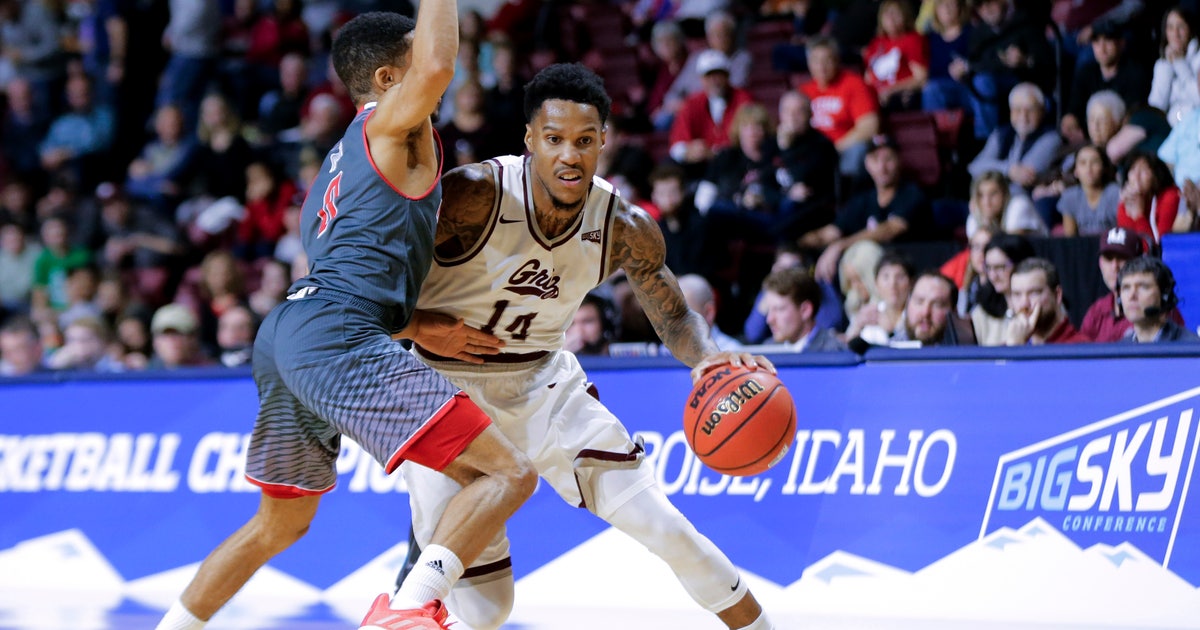Budget crunch could impact how college teams opt to travel


When college sports teams finally return to play, they might not be traveling quite as far as they did for road games before the pandemic.
The cancellation of the NCAA Tournament has produced a budget crunch that leaves colleges everywhere looking for cost-saving measures. One simple step is to cut back on travel.
That’s easier for some schools than others.
Chattanooga announced last month that any 2020-21 away games that hadn’t already been scheduled must be played within 150 miles of its campus in southeastern Tennessee. The teams also need to return to campus the day of the game to avoid any lodging costs.
“They understand it was a one-year situation,” Chattanooga athletic director Mark Wharton said of his coaches’ reaction. “I made it clear that after we get through all this and we feel fairly healthy for ’21-22, we’d go back within reason and go to the model we were at before.”
Wharton said Chattanooga’s entire football schedule and about 60% of the nonconference schedule for basketball had been put together before the new restriction. Wharton added that exceptions would be offered for any “guarantee games” in which the school earns enough money from making the trip to compensate for travel expenses.
While other schools haven’t specified a maximum distance for road games, they are trying to make their trips as short as possible. This doesn’t apply to football because those schedules generally are put together years in advance.
“It’s about what we can do to stay regionally and local,” said Northern Illinois athletic director Sean Frazier, who is reducing his 2020-21 salary by 10% along with football coach Thomas Hammock. “If that means postponing a trip to California – pushing that out to later years – yes, we want you to do that.”
Arranging a schedule that includes mostly regional opponents is logical for programs such as Chattanooga and Northern Illinois that are close to other schools.
Frazier noted his Mid-American Conference school is within driving distance of several potential nonconference opponents in the Horizon League and Big East Conference, among others. A look at a map helps explain why Wharton instituted his 150-mile measure for Chattanooga.
“From the center of campus to downtown Birmingham is 150 miles center to center,” Wharton said. “Nashville’s a little closer. To look at schools within that (150-mile) radius, there’s quite a few.”
Other schools don’t have that luxury.
“A 150-mile radius isn’t going to do anything for us here in Montana,” Montana athletic director Kent Haslam said. “Some people can’t even get to a Walmart within 150 miles.”
Because his school isn’t near many other Division I colleges, Haslam must find other ways to reduce travel costs. Maybe that involves taking a bus to places where they’d typically fly. Perhaps they find other ways to reduce game-day expenses.
“We’re like every other institution in the country, going through a fine-tooth comb, looking at things line by line, things that can be reduced,” Haslam said.
Haslam estimates the NCAA’s decision to distribute just $225 million to Division I schools rather than the anticipated $600 million as a result of the pandemic will cost Montana about $400,000. Wharton says Chattanooga is losing about $450,000 due to the cut in funding.
Montana’s Big Sky Conference rivals face similar dilemmas. The Big Sky’s 11 schools come from eight different states and are scattered from Cheney, Washington, to Flagstaff, Arizona. These programs have significant travel expenses just by playing their conference schedules.
The Big Sky has considered how it can change its approach next year to lower those costs.
Big Sky officials have discussed a form of “pod scheduling” in which perhaps four schools relatively close to one another meet at a specific site to play multiple games. They have considered reducing the conference schedule and limiting the number of teams that qualify for conference tournaments.
“Everything’s on the table right now,” said Big Sky Commissioner Tom Wistrcill, who noted any major changes would apply only to the 2020-21 academic year. “We have to try to figure out how to balance out the competitive part of it with what’s fair to the student-athletes while also being cognizant of the fact that the budget pressure is real. It’s tough for the schools.”









